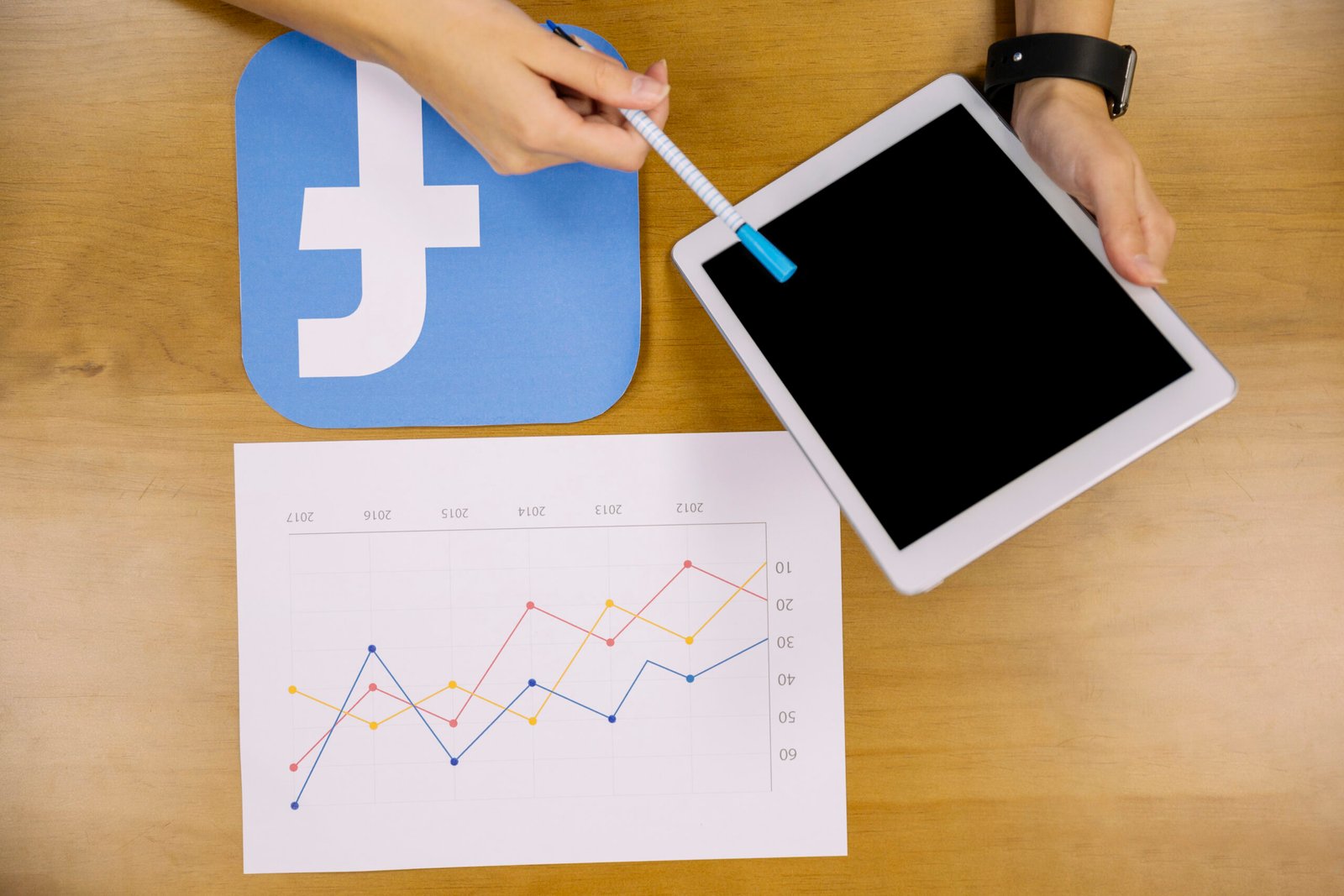Psychology of Colours in Branding: Choosing the Right Palette
When it comes to branding, visuals speak louder than words, and nothing influences perception more subtly (yet powerfully) than colour. To put it simply, the colour psychology in branding plays a huge role in how consumers perceive your brand and, ultimately, whether they choose to engage with it. Furthermore, whether you’re building a brand from scratch or rebranding an existing one, choosing the right palette isn’t just about aesthetics; rather, it’s about creating an emotional connection. Let’s dive into why colour matters and how to pick the perfect one for your brand identity.
Why Colour Matters in Branding
Surprisingly, colour can increase brand recognition by up to 80%. After all, it’s one of the first things people notice about a logo, and it shapes their immediate impression. Moreover, different colours evoke different emotions and associations, and smart brands use this to their advantage.
Here’s how some popular colors are typically interpreted:
- Red: Passion, energy, urgency
- Blue: Trust, calm, professionalism
- Green: Growth, nature, health
- Yellow: Optimism, friendliness, attention
- Purple: Creativity, luxury, mystery
- Black: Sophistication, power, elegance
How Colour Psychology Affects Branding
At its core, this psychological phenomenon of colour has significant implications for branding and marketing strategies, as the choice of colours in a brand’s visual identity can influence how consumers perceive and interact with a brand. With that in mind, here’s how colour psychology affects branding and digital marketing agencies.
Emotional Association
Colors are often associated with specific emotions. For example, red might be associated with excitement and passion, although, blue is often linked to calmness and trust. Brands can leverage these emotional associations to create a desired emotional response in their target audience.
Brand Identity and Personality
Colours can help convey the personality and values of a brand. Meanwhile, by choosing certain colours, a brand can communicate whether it’s modern and innovative by using bright and bold colours. Alternatively, using muted and classic colours can signal that it is traditional and dependable.
Differentiation of colour psychology in branding
In a crowded marketplace, using unique or unexpected colors can help a brand stand out and be memorable. Selecting colors that are less commonly used within a particular industry can help a brand capture attention.
Target Audience Alignment in colour psychology in branding
Understanding the demographics and preferences of the target audience is crucial. Different age groups, genders, and cultural backgrounds may have varying responses to colors. Brands can use color psychology to connect with their specific audience in a more meaningful way.
Brand Association
Over time, brands can become closely associated with certain colours. Furthermore, for example, McDonald’s is strongly associated with red and yellow. However, this association is so strong that people might think of McDonald’s even when they see those colours in unrelated contexts.
How ColoUrs Influence Consumer Emotions
- Colours trigger emotional responses. According to colour psychology in branding, different hues evoke emotions such as trust, excitement, or calmness, thereby influencing how consumers feel about a brand.
- Impact on consumer behaviour: Colours affect decision-making by creating mood, drawing attention, and increasing the likelihood of impulse purchases.
- Shape brand perception: The right color palette helps establish a brand’s identity and tone, making it more memorable and trustworthy in the eyes of the consumer.
- Drive emotional marketing: Using emotionally resonant colors can create deeper connections, boost brand loyalty, and increase customer engagement.
- Enhance conversions and actions: Strategic use of colors in ads, packaging, and call-to-action buttons can improve click-through rates and conversion outcomes.
- Cultural and demographic relevance: Understanding how different target audiences interpret color ensures your messaging aligns with their expectations and values.
How to Choose Your Brand Colors
Effectively choosing colours for your brand involves a thoughtful process that takes into account your brand’s identity, target audience, industry, values, and the emotional responses you want to evoke. To guide you through this, here’s a step-by-step approach to help you choose the right colours for your brand:
Define your brand personality
Identify whether your brand is bold, playful, professional, luxurious, etc. Your colors should reflect this identity.
Understand your target audience
Consider the age, culture, gender, and preferences of your audience to choose colors that resonate with them.
Study color psychology
Learn how different colors influence emotions and behavior to select colors that align with your brand’s message.
Analyze competitors
Check what colors other brands in your industry use and then decide whether to align or differentiate.
Choose a primary and secondary palette
Pick one or two main colors that represent your brand and supporting colors for versatility in design.
Ensure color harmony and contrast
Your color combinations should be visually appealing and accessible across all platforms.
Test across mediums
Make sure your brand colors look good on websites, social media, print, and packaging.
Create a brand style guide
Document your color choices with HEX, RGB, and CMYK codes to maintain consistency across all marketing channels.
Final Thoughts
Undeniably, the emotional impact of colour in marketing is real—and it’s backed by psychology, data, and consumer behaviour. The truth is, the colours you choose communicate your brand’s identity and directly influence how people feel and act. Whether it’s social media ads, packaging, or website design, using the right colours strategically can give your brand a powerful competitive edge.



Leave a Reply